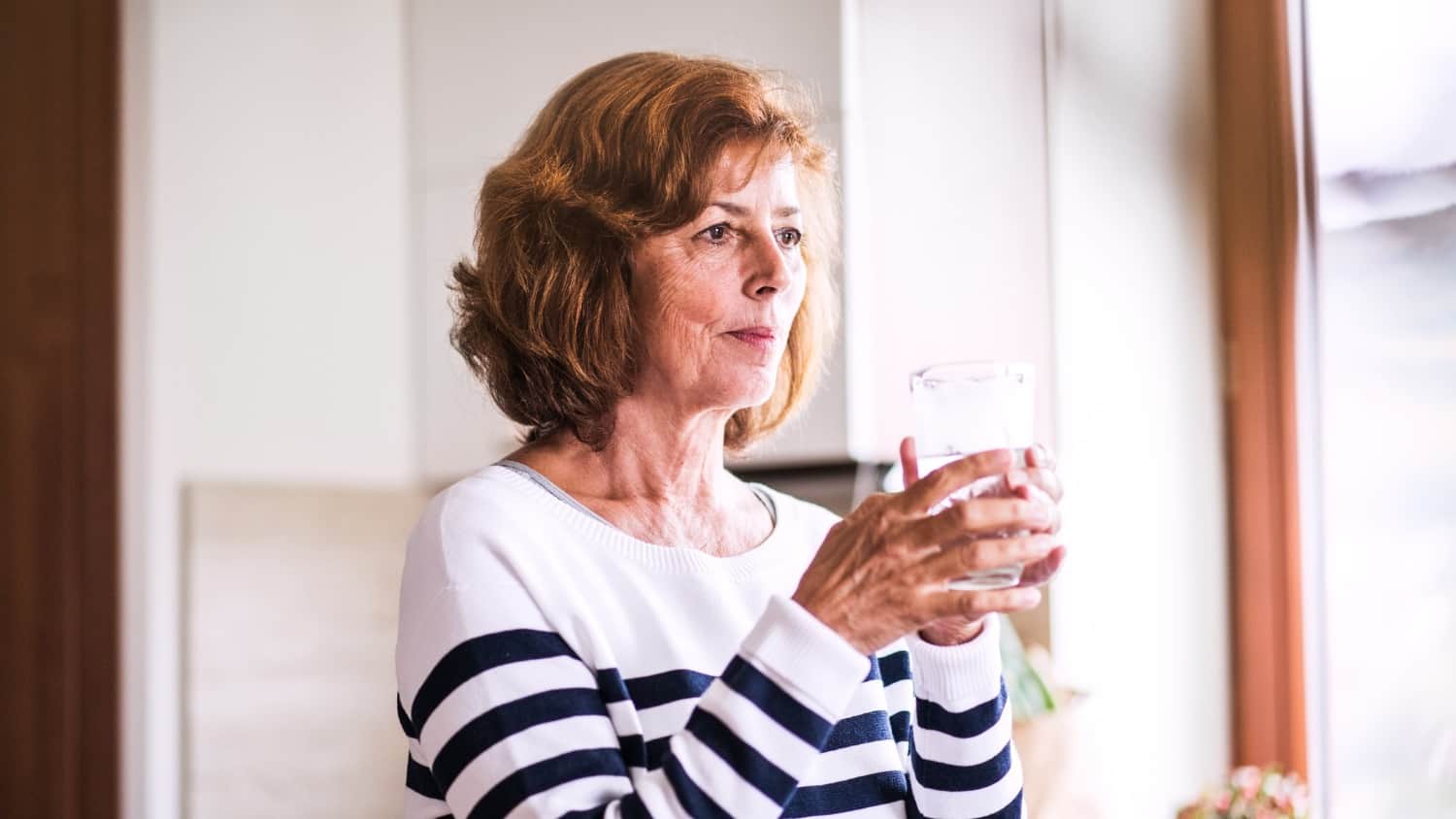
How to Live an Active, Healthy Life with Osteoporosis
I met Joanna Brown last year, a few days after I was diagnosed with Osteoporosis. I was shocked by the news and searching for support and information. I knew instinctively I would need guidance as to how to move, work and exercise safely as I sorted through the available treatment options. So, I reached out to friends and associates for advice.
Joanna came highly recommended by a trusted friend and local yoga instructor, so I engaged her for several sessions of body dynamics to help me get grounded. She not only provided me with a better understanding of how my body works but gave me techniques and tips on preventing fractures and building a strong body structure to carry me into my future.
Now that the dust has settled for me, I decided to interview her for this article as my way of sharing what brought me comfort and confidence, in hopes it will do the same for other women in the same situation.
The Statistics on Osteoporosis and Rising Need of Professionals
Osteoporosis is prevalent worldwide, especially in women. According to the Journal of Orthopedic Surgery and Research, 23.1% of women worldwide, and 11.7% of men, have Osteoporosis. That is a dramatic number, which as the population ages and the average lifespan increases will continue to grow.
So, it’s reassuring to know there are professionals, like Joanna, responding to the need. With nearly 40 years as a physical therapist, and a decade as a yoga instructor, Joanna learned she had osteoporosis. A remarkable coincidence since she had decided several years prior to specialize in treating, training and supporting women with Osteoporosis.
She credits the decision to having recently attended, as part of her dedication to her continuing professional education, a seminar offered by Sara Meeks, PT, a recognized expert in the field.
After hearing what Meeks had to say, Joanna knew she had found her calling. Since that time, she has curated a program of her own that blends the advice and techniques of other professionals to fit the needs of those with whom she works.
I sat down with Joanna to talk about the steps a woman can take, once she is diagnosed, to incorporate safe and healthy practices into her everyday life.
Joanna’s Healthy Practices List
She started with a few main points as fundamental:
Forward Flection Is a No-No
Avoid and minimize forward flection, including combined movement of twisting and forward flection. Forward flection is the rounding of the spine causing a wedge type pressure on the front of the vertebrae, increasing the risk of compression fractures to weakened bones. Joanna recommends always hinging at the hips instead.
Avoid Long Periods of Sitting
Sitting is the new smoking. Appropriate physical exercise and movement is critical to maintain a strong and healthy body and must be maintained post diagnosis. There are many safe ways to continue to be active.
Sitting vs. Lying to Rest
Don’t sit down when your back hurts or you need to rest – lie down. It is important to unload the spine to decrease pressure and discomfort. Sitting causes more compression of the spine than any other position.
Joanna recommends the 90/90 position, lying flat on your back with a small pillow supporting your neck, with your knees bent at a 90 degree angle and your feet and lower legs resting on a chair or sofa. This position is best to unload the pressure that may be causing pain.
Check Your Posture
Do postural corrections often. “Stand tall” and imagine you are two inches taller than you think you are, imagine creating space between each vertebra. Attempt to lengthen the area between the rib cage and the pelvis. Joanna has documented that after this exercise she actually gains height.
Check Your Walking Posture
When walking, “lead with the heart,” and stand tall, not with the head down.
Do Balance Exercises
Include balance exercises in your fitness routine. Improved balance and maintaining good balance are critical to avoiding falls and the risk of fractures.
Dos and Don’ts of Daily Life with Osteoporosis
Don’t:
- Don’t bend over to tie shoes. Sit and bring your foot up onto a stool or table.
- Don’t engage in high impact exercise, like jumping rope.
- Don’t reach or twist your trunk; move closer to what you want and squat instead.
- Don’t do sit-ups, crunches, or straight leg raises.
- Don’t bend from the waist, spread your legs and hinge at the waist or use the lunge position.
Do:
- Hinge at the hips, not at the waist, to protect the mid and low back.
- Use the lunge position to perform activities like brushing your teeth instead of bending forward.
- Reorganize your shelves and drawers in your kitchen, bedroom and bath for easy access of items you use frequently.
- Use good body mechanics in all things.
- Exercise and stretch your toes and feet to maintain flexibility in order to improve balance.
- Incorporate breath work into your exercise or yoga regimen.
- Take breaks often and unload your back in the 90/90 position and stretch the area between the pelvis and the shoulders as described earlier.
Fall Prevention
In our interview, Joanna also emphasized the importance of fall prevention. The statistics around the consequences of a fall resulting in fracture are alarming, so it is critical to prevent one in the first place. Here are some practical steps to help you stay safe:
- Remove or tape down all loose carpet or area rugs.
- Secure electrical cords to the perimeter of the room.
- Keep walkways clear of clutter.
- Leash train your pet, so they don’t stress your back on walks.
- Monitor medication to avoid dizziness and impaired balance.
- Avoid situations where you might fall, being extra careful of icy and wet surfaces.
- Wear proper footwear for weather conditions.
- Clear the path from your bed to the bathroom.
- Install night lighting on pathways.
- Wear well-fitting, proper slippers at night.
- Stay off step ladders, ask for assistance or store items within reach.
Engaging a professional therapist or trainer is always helpful. But there is also a plethora of valuable information on the internet. Here is a list Joanna compiled for her clients.
For More Information and Support
Recommended books:
Yoga for Osteoporosis by Ellen Saltonstall and Loren Fishman
Relax into Yoga – Finding Ease in Body and Mind by Carol Krucoff and Kimberly Carson
Stand Tall – Every Woman’s Guide to Preventing and Treating Osteoporosis by Morris Notelovitz
Online Resource:
Osteoporosis – There IS Something You Can Do. An interview with Sara Meeks
I hope this offers you a sense of confidence and optimism. Being diagnosed with a condition like Osteoporosis can be disconcerting, but with information, training and support we can continue to enjoy life and stay healthy for a very long time.
Have you been diagnosed with Osteoporosis? How did this diagnosis affect you? Have you reached out to a specialist to support you in the best treatment?






